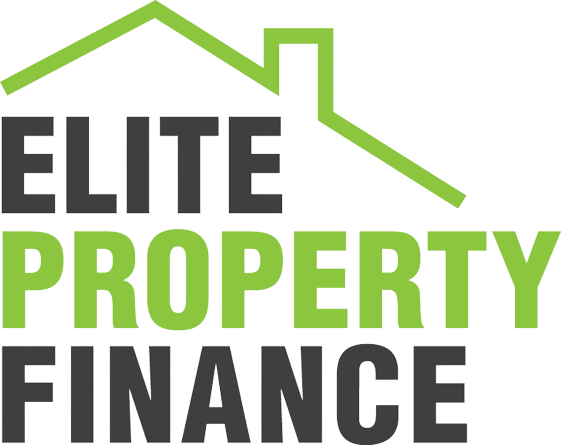Call Us Now : 0420 987 683
Professional Development Finance Solutions
Elite Property Finance's Development Finance division is we are the premier partner for property and commercial finance solutions in Sydney, serving clients across Australia and off-shore customers. Our reputation as industry leaders is founded on our commitment to professionalism and our extensive experience in catering to a diverse clientele with varying investment strategies.
Navigating Commercial Finance
When it comes to commercial finance, the bank takes a more conservative and stringent approach to the application. As a minimum, they will require the following information:
-
Customer Background And Experience
Resume/CV of the sponsors, specific to their development experience. The lender will need to see the last few projects (i.e. address, description, gross realisation, profit, cost/time to build, if there were overruns and how they were managed).
-
Builder Background
Depending on the scale of the project the lender will require information on the builder used. If the project is high scale, i.e. 50 plus units then most lenders will require the builder to be on the lender’s panel. If the builder is not on the panel then they would need to do a presentation to the lender to come on board.
-
Full Details Of The Project
The lender (and the valuer) will require plans, DA approval, project feasibility (lenders will need to see a minimum of 15%-20% profit – this includes total project costings, including land, construction contingency, capitalisation of interest, council fees, stamp duty, etc), Building Contract/Tender, marketing plans (if available), copy of the Pre Sale contracts (if available/applicable), copy of pre lease agreements (for commercial/retail developments) and QS report.
Residential vs. Commercial Finance
Multi-unit (3 or more dwellings) development can be financed under two methods: Residential Finance and Commercial Finance. However, these paths vary significantly in criteria, processes, advantages, disadvantages and costs.
Key Differences
- Costs: Commercial finance entails application fees (approximately 0.50% of the loan), valuation fees (vary by project size), QS report fees, and higher interest rates (about 1.5-2.0% higher than residential rates).
- Presales: Commercial finance often requires presales on the project, while residential finance allows you to leverage proposed rental income.
- Loan-to-Value Ratio (LVR): Residential lending generally supports 80% LVR of the "as-is" valuation, while commercial finance is up to 70% of the "end value".
- Project Size: Residential lending covers up to 4 units; beyond that, it's deemed commercial, with a case-by-case exception for 5 units.
Fees and Considerations
The fees associated with Commercial Lending are also considerably higher than Residential Lending. Here is an example of the fees associated with Commercial Lending:
- Valuation Fee = approximately $2k-$4k depending on the size of valuation
- QS Report and Inspection Fees = approximately $5k-$7k depending on the size and complexity of the development.
- Line/Application Fee = 0.5% of the loan. For example, if the loan amount is $2mil then the application fee is $10,000.
Note if the customer is doing an owner build then the banks will generally lend up to 60% of the “end value”.
This is a high-level guide to development finance – the boundaries can be pushed depending on the overall strength of the proposal.
